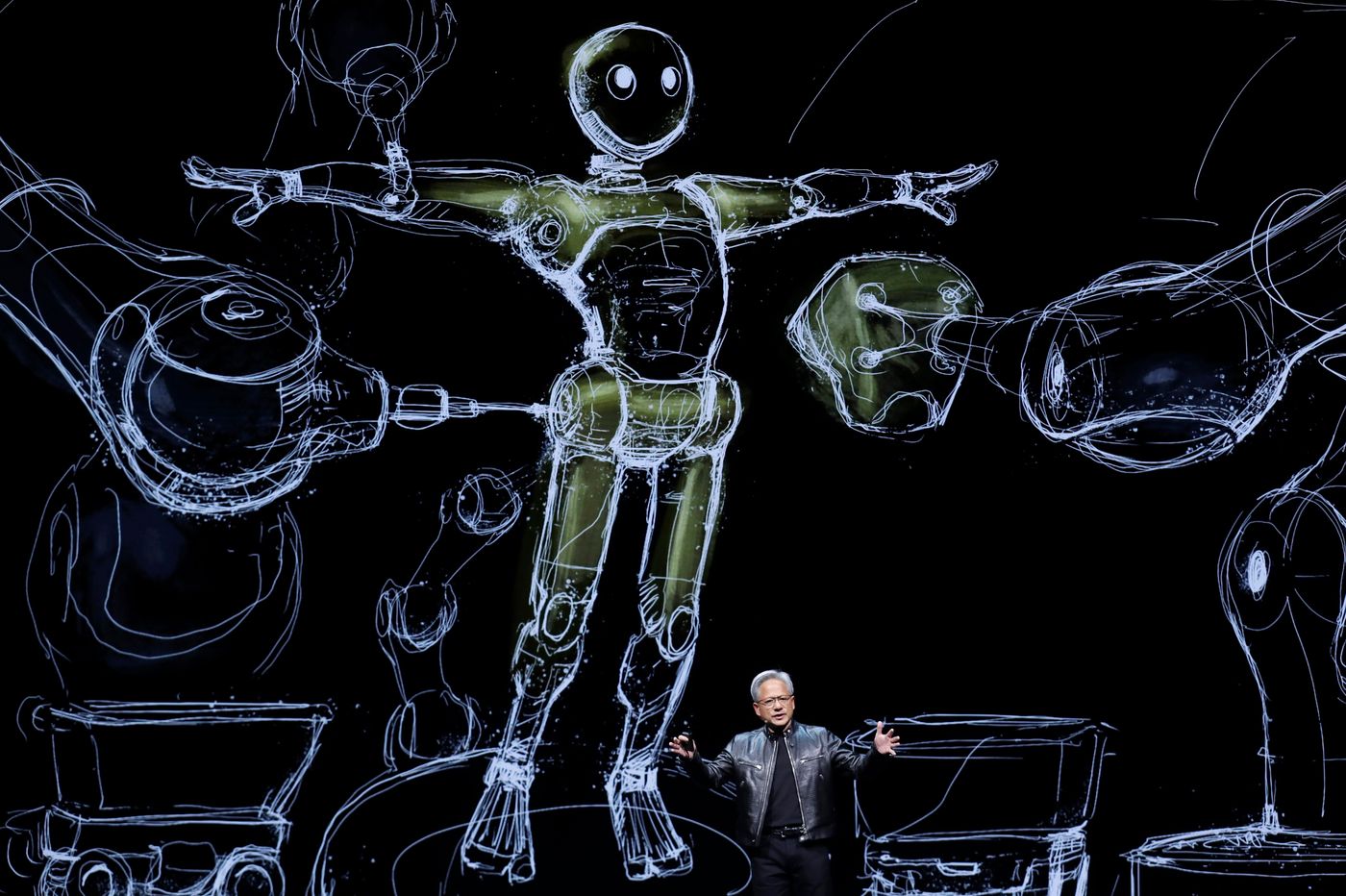Why Doing Nothing Can Make You More Productive
Here are ways to get your brain a rest.
One secret to achieving more: Finding time to do nothing.
In our efforts to squeeze every second from the day, it seems counterintuitive to watch a pot of coffee boil or gaze out the window. But your brain uses those free periods for important cleanup work, neuroscience research indicates. And during the pandemic, as the boundaries between work and home have blurred, it has become harder to create mental breaks.
Even brief timeouts help the brain reinforce long-term learning and productivity. You come out of downtime able to learn more, and can access that learning faster. “When you take a break, you may want to do something mind-consuming to help with motivation, but technically your best way of taking a break is to do something mindless,” says Barbara Oakley, a professor of engineering at Oakland University in Michigan who teaches a popular online course on how to open your mind to learning.
To ease into allowing yourself to do nothing, start with something familiar. Here are some techniques.
Take a long shower
A natural place to start slowing down is a habit that’s already built into your schedule, such as taking a shower. Letting your mind wander here can be a stepping stone to quieting more hectic environments. Or try blocking off time to look out your window. In her book “How To Do Nothing: Resisting the Attention Economy,” writer Jenny Odell describes how bird-watching became her favourite slow-down activity: Exhausted after pulling an all-nighter, she had gazed out the window and noticed a cluster of yellow birds. “I burned out, and in that state of forced relaxation, that happened to be when I noticed,” she says.
Play a game without keeping score
Dr Oakley points out that while our body’s dopamine reward system might encourage tasks, keeping score is labour. Instead of competing against your crossword best, find a puzzle game on your phone that requires simply swiping.
Take a solo walk
Leave the Fitbit at home, and free up an hour to absorb the scenery in silence. Being in nature has been linked to a multitude of physical and mental benefits. But be sure not to create a competition, which can take the relaxation out of the activity. “We get fixated on taking 10,000 steps,” Ms Odell says. “Yes, it’s good to go for a walk, but this isn’t a job.” Enjoy the meandering, rather than the race, she suggests.
Cook a big meal
Borrowing from the downtime that the Italians call dolce far niente (the sweetness of doing nothing), the act of cooking a meal can encourage a wandering mind. It can be tempting to create a culinary masterpiece to make the time worth it, but fight the urge. Ms Odell suggests trying to “see the nonwork time as something other than the negative space left after work.” Try a simple recipe that requires slow preparation. Not only is the activity downtime, but bonus points for resting at the table between courses.
Just sit down
If you’re struggling to get enough rest at night, try a short nap. Simply find a comfortable chair, and breathe. While you’re napping, remember that your brain never is. Rest is one of the most important ways to enhance the neurological flexibility to build the kind of conceptual understanding that is related to identity and purpose, says Mary Helen Immordino-Yang, a professor of education, psychology and neuroscience at the University of Southern California. Consider that a reason to lose the guilt over a daily rest.
 Copyright 2020, Dow Jones & Company, Inc. All Rights Reserved Worldwide. LEARN MORE
Copyright 2020, Dow Jones & Company, Inc. All Rights Reserved Worldwide. LEARN MORE
This stylish family home combines a classic palette and finishes with a flexible floorplan
Just 55 minutes from Sydney, make this your creative getaway located in the majestic Hawkesbury region.
As Paris makes its final preparations for the Olympic games, its residents are busy with their own—packing their suitcases, confirming their reservations, and getting out of town.
Worried about the hordes of crowds and overall chaos the Olympics could bring, Parisians are fleeing the city in droves and inundating resort cities around the country. Hotels and holiday rentals in some of France’s most popular vacation destinations—from the French Riviera in the south to the beaches of Normandy in the north—say they are expecting massive crowds this year in advance of the Olympics. The games will run from July 26-Aug. 1.
“It’s already a major holiday season for us, and beyond that, we have the Olympics,” says Stéphane Personeni, general manager of the Lily of the Valley hotel in Saint Tropez. “People began booking early this year.”
Personeni’s hotel typically has no issues filling its rooms each summer—by May of each year, the luxury hotel typically finds itself completely booked out for the months of July and August. But this year, the 53-room hotel began filling up for summer reservations in February.
“We told our regular guests that everything—hotels, apartments, villas—are going to be hard to find this summer,” Personeni says. His neighbours around Saint Tropez say they’re similarly booked up.
As of March, the online marketplace Gens de Confiance (“Trusted People”), saw a 50% increase in reservations from Parisians seeking vacation rentals outside the capital during the Olympics.
Already, August is a popular vacation time for the French. With a minimum of five weeks of vacation mandated by law, many decide to take the entire month off, renting out villas in beachside destinations for longer periods.
But beyond the typical August travel, the Olympics are having a real impact, says Bertille Marchal, a spokesperson for Gens de Confiance.
“We’ve seen nearly three times more reservations for the dates of the Olympics than the following two weeks,” Marchal says. “The increase is definitely linked to the Olympic Games.”

Getty Images
According to the site, the most sought-out vacation destinations are Morbihan and Loire-Atlantique, a seaside region in the northwest; le Var, a coastal area within the southeast of France along the Côte d’Azur; and the island of Corsica in the Mediterranean.
Meanwhile, the Olympics haven’t necessarily been a boon to foreign tourism in the country. Many tourists who might have otherwise come to France are avoiding it this year in favour of other European capitals. In Paris, demand for stays at high-end hotels has collapsed, with bookings down 50% in July compared to last year, according to UMIH Prestige, which represents hotels charging at least €800 ($865) a night for rooms.
Earlier this year, high-end restaurants and concierges said the Olympics might even be an opportunity to score a hard-get-seat at the city’s fine dining.
In the Occitanie region in southwest France, the overall number of reservations this summer hasn’t changed much from last year, says Vincent Gare, president of the regional tourism committee there.
“But looking further at the numbers, we do see an increase in the clientele coming from the Paris region,” Gare told Le Figaro, noting that the increase in reservations has fallen directly on the dates of the Olympic games.
Michel Barré, a retiree living in Paris’s Le Marais neighbourhood, is one of those opting for the beach rather than the opening ceremony. In January, he booked a stay in Normandy for two weeks.
“Even though it’s a major European capital, Paris is still a small city—it’s a massive effort to host all of these events,” Barré says. “The Olympics are going to be a mess.”
More than anything, he just wants some calm after an event-filled summer in Paris, which just before the Olympics experienced the drama of a snap election called by Macron.
“It’s been a hectic summer here,” he says.

AFP via Getty Images
Parisians—Barré included—feel that the city, by over-catering to its tourists, is driving out many residents.
Parts of the Seine—usually one of the most popular summertime hangout spots —have been closed off for weeks as the city installs bleachers and Olympics signage. In certain neighbourhoods, residents will need to scan a QR code with police to access their own apartments. And from the Olympics to Sept. 8, Paris is nearly doubling the price of transit tickets from €2.15 to €4 per ride.
The city’s clear willingness to capitalise on its tourists has motivated some residents to do the same. In March, the number of active Airbnb listings in Paris reached an all-time high as hosts rushed to list their apartments. Listings grew 40% from the same time last year, according to the company.
With their regular clients taking off, Parisian restaurants and merchants are complaining that business is down.
“Are there any Parisians left in Paris?” Alaine Fontaine, president of the restaurant industry association, told the radio station Franceinfo on Sunday. “For the last three weeks, there haven’t been any here.”
Still, for all the talk of those leaving, there are plenty who have decided to stick around.
Jay Swanson, an American expat and YouTuber, can’t imagine leaving during the Olympics—he secured his tickets to see ping pong and volleyball last year. He’s also less concerned about the crowds and road closures than others, having just put together a series of videos explaining how to navigate Paris during the games.
“It’s been 100 years since the Games came to Paris; when else will we get a chance to host the world like this?” Swanson says. “So many Parisians are leaving and tourism is down, so not only will it be quiet but the only people left will be here for a party.”
This stylish family home combines a classic palette and finishes with a flexible floorplan
Just 55 minutes from Sydney, make this your creative getaway located in the majestic Hawkesbury region.






















